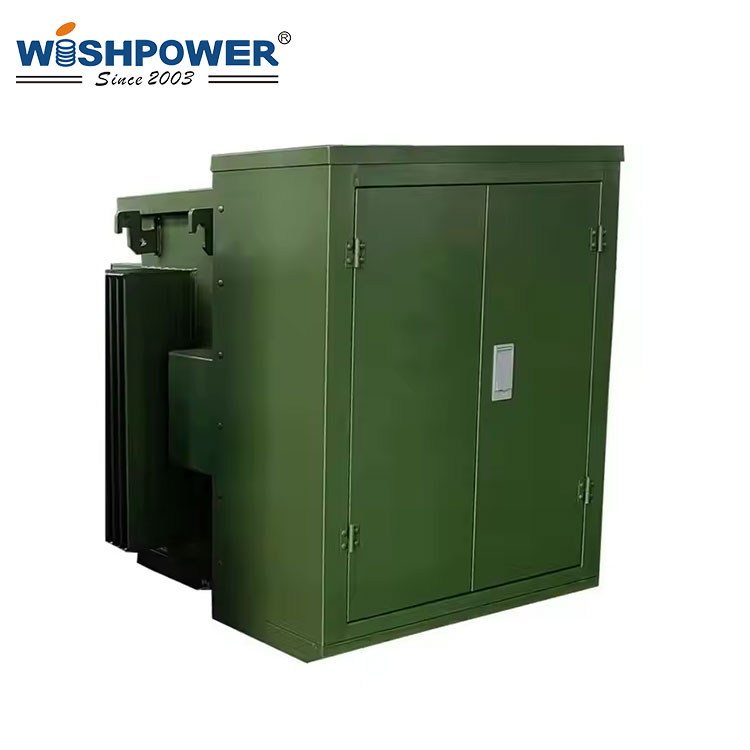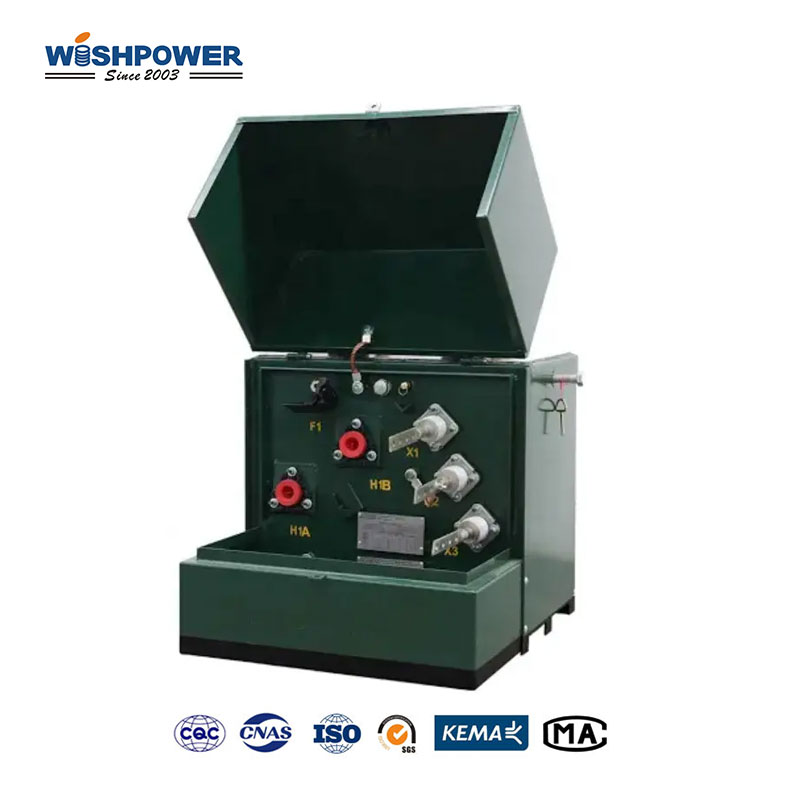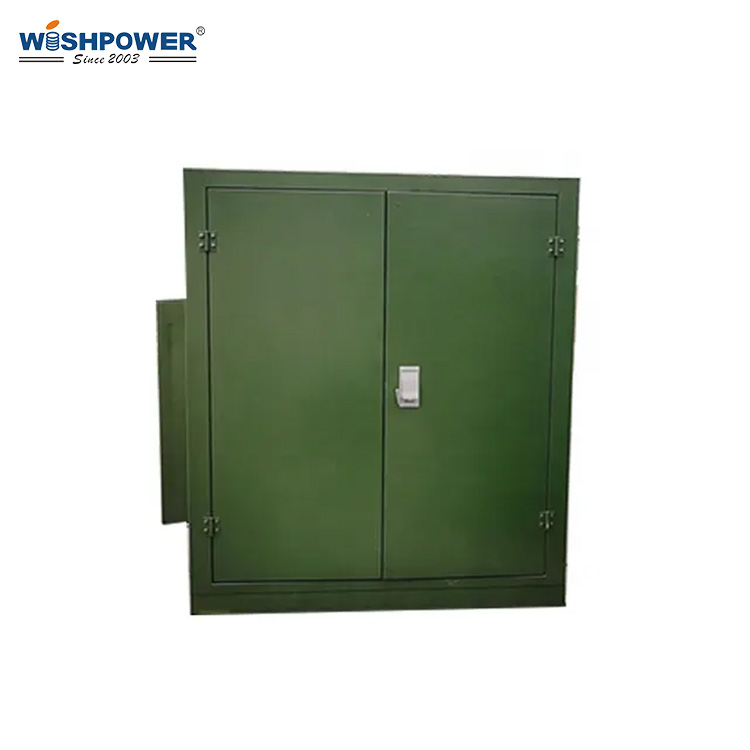Many communities use pad-mounted transformers and this equipment is an important part of the power distribution system. These transformers step down high voltage electricity to a low voltage that can be used in homes and businesses, enclosed in a secured grounded metal casing. Although they’re important, some people may still wonder if living near a pad-mounted transformer is dangerous.
What is a Pad Mounted Transformer?
Pad-mounted transformers are outdoor electrical items that live on the ground and are meant to safely and efficiently transfer electricity. The tamper-resistant casings protect the internal components as well as prevent unauthorized access, and they are located away from poles and overhead wires, making them a good urban and suburban power systems choice. The transformers are carefully designed to strictly meet safety standards to guarantee they function properly even in residential areas.

Electromagnetic Field(EFM) and Safety
Pad mounted transformer is such a device which is a common concern on the electromagnetic fields (EMFs) generated. When EMFs occur they are natural byproducts of electrical equipment and their levels decrease rapidly with distance. Results of studies have indicated that EMFs near pad-mounted transformers are mostly well below accepted limits and drop quickly by a few feet. WHO and local authorities continuously watch and upgrade guidelines for the public to ensure public safety.
Noise Levels
Humming noise is a low noise level associated with the operation of core and windings in the pad-mounted transformers. This noise is normally quite low, and never, in my experience, exceeds the levels that are allowed by noise regulations. Noise reduction features on modern transformers are designed to help reduce noise emission so noises will not cause disturbance to the neighbors.
Fire and Electrical Safety
Pad-mounted transformers use the following measures to reduce the chances of a fire breakout or any electrical mishap. These contain dielectric oil that both cools and insulates internal parts; their enclosures are made for failure. Utility companies support the well-being of transformers by performing maintenance work and tests to minimize the risks throughout the whole service life.
Maintenance and Utility Responsibilities
Utilities are required to install, maintain, and eventually monitor pad-mounted transformers. Maintenance is done periodically, for example through inspection to identify signs of wear and tear or even signs of rusting. Moreover, these transformers are installed subject to the standard zoning and safety measures that will prevent them from being near any building or passage.
Tips for Living Near Pad-Mounted Transformers
- Maintain Clearance
The population should ensure not to put objects or plant trees near pad-mounted transformers. Sufficient space is necessary so that utility workers can work on it with the least amount of danger and for the equipment not overheat.
- Avoid Tampering
Getting direct access to transformers is made difficult by making the main casing tamper-proof; however, it is dangerous if this access is gained. Also, never leave any damaged or unlocked enclosure without notifying your local utility provider for service.
- Understand Easements
Transformers are usually placed on utility easements as that gives companies an ability to maintain it. Ensure you know the limits of easement so that you don’t make an effort to plant or erect structures in unauthorized areas.
- Beauty push
Pad-mounted transformers may be practical for use, but they are not always aesthetically integrated into their environment. They can be easily hidden by hoarding or other landscaping products like shrubs or decorative fencing changes without obstructing people or ventilation.
How close is too close?
Pad-mounted transformers must generally be placed a safe distance away from residences, sidewalks, and other structures, according to regulations. The distances are calculated very carefully to try to eliminate the risk of things such as EMF or overheating. Utilities follow local building codes and safety standards to locate it where it isn’t dangerous.
Benefits of Pad-Mounted Transformers in Communities
There are several indirect benefits to living near pad-mounted transformers. The placement of these wires helps remove the need for overhead wires and also enhances the visual attractiveness of a neighborhood, as well as reducing the risk of power outages as a result of storms or downed trees. Additionally, these transformers ensure a steady supply of electricity to houses and companies.
Is it safe to live near a pad-mounted transformer?
The guidelines and safety standards when living near a pad-mounted transformer are safe. These devices are intended for safe operation in residential areas, as they supply power reliably with no great risk. Residents gain confidence that these essential components of the modern power system are safe when they know what they do and when they solve some common problems. Pad-mounted transformers still act as a crucial piece of the infrastructure allowing communities all over the world power that does not fail.
If you have different opinions or want to know more, please leave a message on the website or contact us directly at info@wishpower.net

















